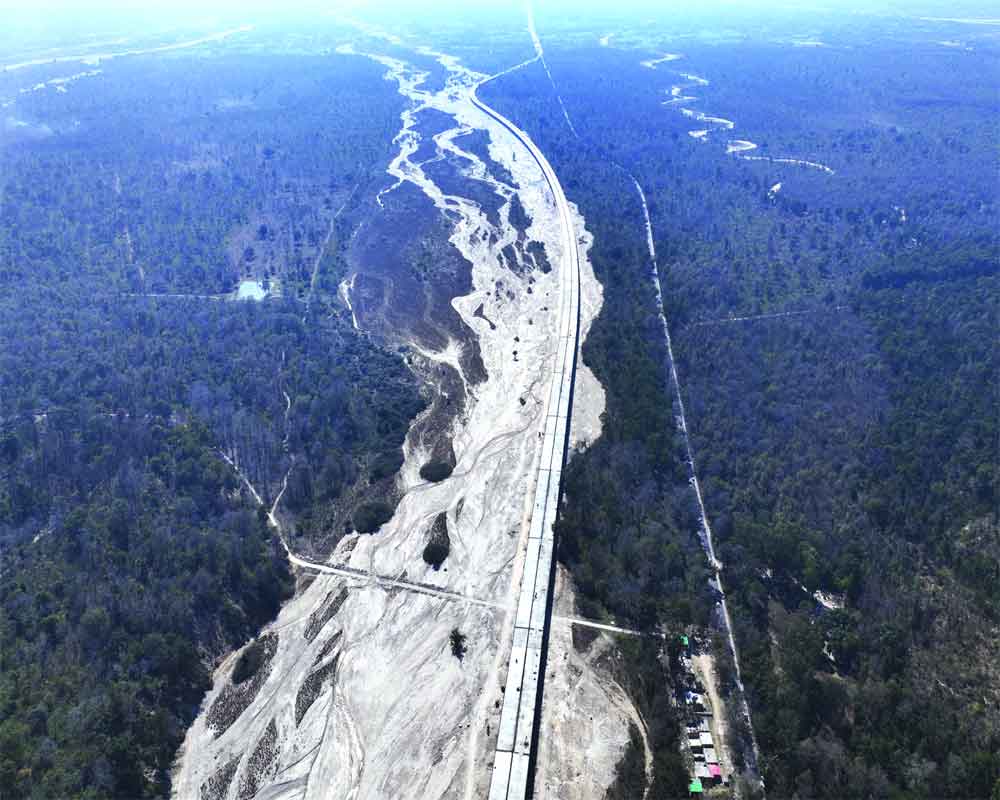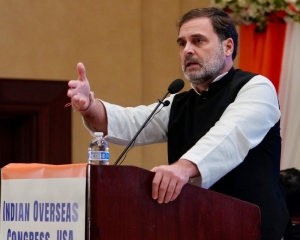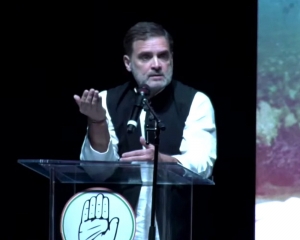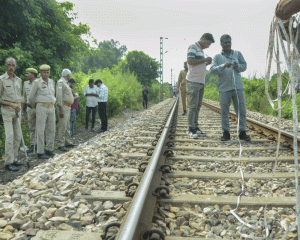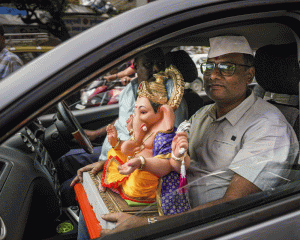The Delhi-Dehradun Expressway project, nearing completion, is expected to be an example for the world with the longest wildlife corridor in Asia. It will cut the travel time between the two cities to 2.5 hours but apprehensions remain about its impact, writes Paritosh Kimothi
Uttarakhand has for long been a popular destination for pilgrims and tourists. While Haridwar is a major pilgrimage centre in the plains, the provisional State capital Dehradun hosts a number of prominent national-level institutions including the Survey of India and Indian Military Academy along with famous educational institutions, apart from being the gateway to the popular hill station of Mussoorie and other tourism activities especially in the mountainous regions of Garhwalin the State. Apart from long weekends and special occasions, the summer months frequently witness a large number of people arriving here especially from Delhi-NCR. Similarly, snowfall in the nearby hills also attracts a number of tourists from neigbouring regions. At present, people travel between Delhi and Dehradun/Haridwar by road, train or by air. The time taken to travel between Doon and the national Capital by road ranges from five to seven hours depending on the time when one travels and the location one is going to. Similarly, it takes about five to six hours by train and though the flight takes 40 minutes to one hour, one may spend more than an additional hour to get to the destination from the airport.
This scenario is expected to be changed drastically in the near future with the completion of the Delhi-Dehradun Expressway project of the National Highways Authority of India. The completion of this 212-kilometre six-lane access controlled expresswaywith a project cost of Rs 14,000 crore, which is in its final stage of construction, will drastically cut down the travel time between Delhi and Dehradun/ Haridwar to 2.5 hours. This expressway is also expected to be an example for the world as it also features a 13.8 kilometre elevated road, making it Asia’s longest wildlife corridor. The authorities involved in the project state that the stretch where the elevated road has been built has Rajaji National Park on the one side and the Shivalik Wildlife Reserve on the other. An average of 35,000 vehicles pass daily through this stretch.
Widening the existing stretch of the highway between Ganeshpur in the Saharanpur district of Uttar Pradesh and Asharodi in Dehradun would have been cheaper but might have ended causing more environmental damage and exacerbating human-wildlife conflict. Widening the existing highway would have entailed the cutting of about 1.5 lakh trees while about 11,000 trees had to be cut for building the elevated road.
The Dehradun-based Wildlife Institute of India (WII) set up 80 camera traps on this stretch and studied wildlife movement here for three months. The movement of about 40 to 50 different wildlife species ranging from deer and wild boar to leopards and elephants was ascertained here in this duration. As part of the expressway project, the authorities will also work on an eco-restoration plan. Further, budget has been allocated for the WII to place cameras on the 550 pillars to study wildlife movement on this corridor for a period of five years. Similarly, the Forest Research Institute (FRI) in Dehradun will undertake a three-year Sal tree regeneration project in this area to enhance the environment. According to officials involved in the project, the elevated stretch is expected to mitigate human-wildlife conflict and also prove beneficial for the wildlife and environment. At present, the longest such wildlife corridor in India is about eight kilometres long and is located inPench, connecting Madhya Pradesh with Maharashtra.
While this project promises to bring about drastic changes not just in Dehradun and Haridwar but also in Delhi, there are many who have apprehensions about the impacts of this major development. Dehradun-based anthropologist and heritage expert LokeshOhri says that the project will certainly have benefits but questioned whether Dehradun and Mussoorie are prepared for what is to come. “The opening of this expressway will practically turn Dehradun into a part of the NCR like Ghaziabad or Faridabad. The flood of visitors has already converted Rishikesh into a trap for the locals who struggle to move around the city through traffic congestion resulting from the rush of tourists, who in turn also face the problem. The pressure on the forest wealth of this region and real estate will also increase after the expressway becomes functional. Though such projects do benefit all, the focus should also have been on ensuring that the locals benefit more. Apart from this, the authorities here do not seem to have taken any measures to prevent the negative impacts the project will have on Dehradun and Mussoorie,” he said.
Human rights lawyer Reenu Paul who had also challenged the Ganeshpur-Asharodi stretch of the project in the Uttarakhand High Court for conservation of the Shivalik ecosystem, opined that damage to the Shivalik range will cause considerable damage to the environment and climate of the Doon Valley. She points out, “The Shivaliks play a vital role in insulating the Doon Valley against high winds, heat, dust and pollutants from the plains on the south western side of the valley. In the Gazetteers of Dehradun published in 1910, HG Walton had remarked that the climate of Dehradun differs from the plains owing to its elevation, while the wooded range of the Shivalik partly suppress and partly moisten the scorching winds that blow during the hot weather in the plains. Apart from this, the project doesn’t appear to be sustainable as the hillocks of the Shivalik are highly eroding. The tributaries of the Ganga river including Mohan Rao, Sukh Rao, Saloni and Chilla Rao have also been disturbed and obstructed, disturbing the hydrology of the area. The wildlife corridor has also been fragmented,” she opined.
The authorities are confident that the opening of the Delhi-Dehradun expressway will not only enhance public convenience by drastically cutting down the travel time, but also boost economic activities further in the region. Infrastructural development is a major focus of the Union government and is a vital requirement for achieving the desired level of economic progress and public welfare. On the other hand, many in Dehradun remain sceptical about the impacts this project will have. The once green and serene Doon Valley has witnessed a considerable drop in greenery and rise in congestion and pollution in recent years. The city’s existing infrastructure struggles to meet the requirements of the locals and visitors as factors like congestion and inadequate parking space have impacted the very character of Doon and life here. Expected to be completed in the next couple of months, the opening of the expressway for traffic is sure to bring about drastic changes. However, only time will tell the real cost of this major development.






